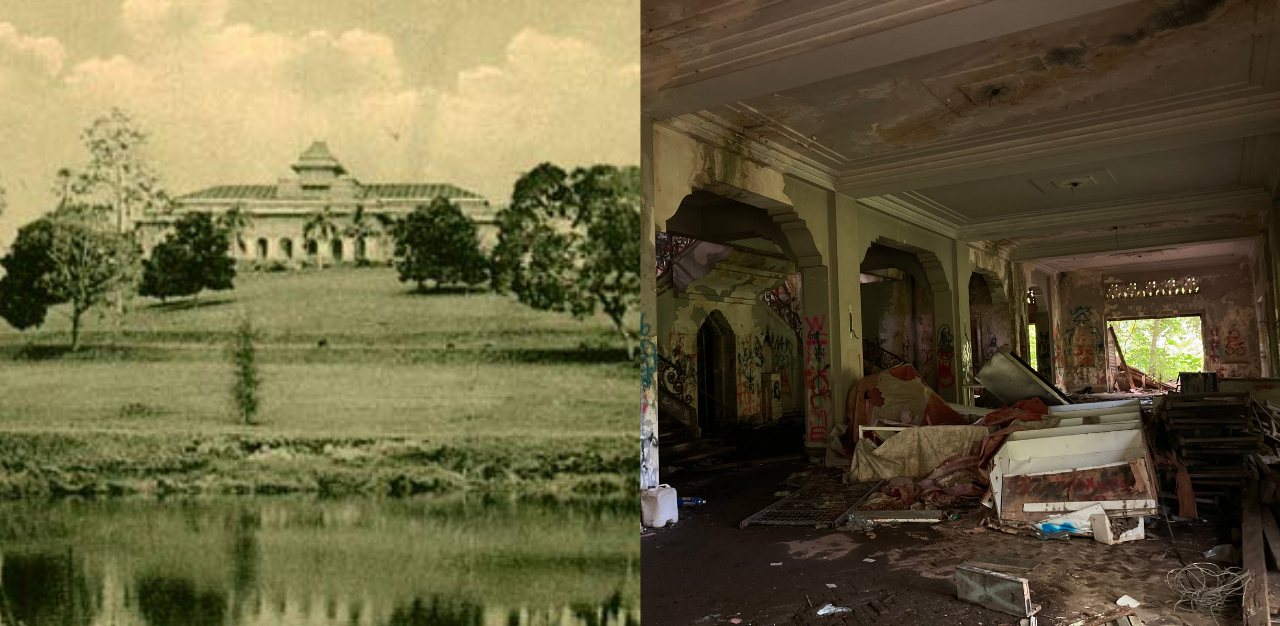In just 56 years, Singapore has come a long way to grow into a bustling city with towering skyscrapers and modern infrastructures. Yet within this cosmopolitan city-state sit pockets of land that give Singaporeans and visitors alike a peek into 18th Century Singapura.
These places still belong to Malaysia to this very day and it has the right to exercise control over them. While Malaysia controls these two plots of land, they actually belong to the state of Johor and its Sultan.
Masjid Temenggong Daeng Ibrahim
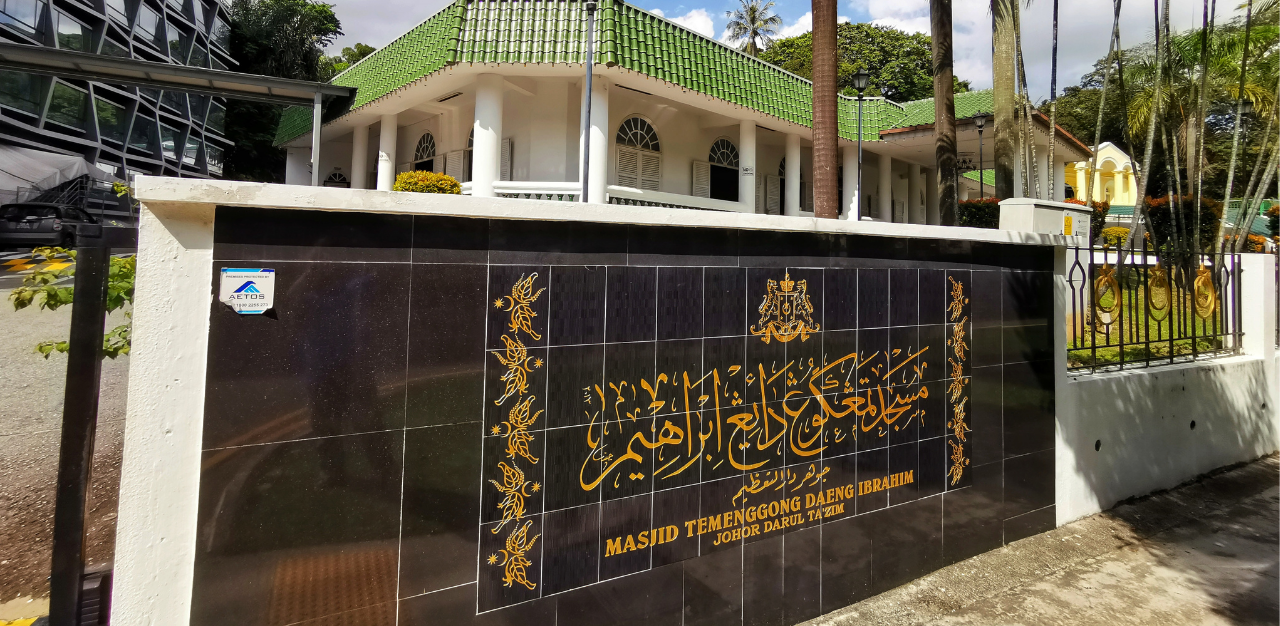
Sitting on 1.2 hectares of land the size of two football fields in Telok Blangah is Masjid Temenggong Daeng Ibrahim (In Malay: Temenggong Daeng Ibrahim Mosque). It stands on the former site of a royal reception hall established by Temenggong Daeng Ibrahim. He was famous for using the orang lauts to harass small ships that frequented the port.
The land where the mosque is today was where the Istana Lama used to be when it belonged to Temenggong Daeng Ibrahim’s father Temenggong Abdul Rahman. He played an important part in the Treaty of Singapore with the British East India Company in 1819.
Next to the mosque is the Johor Royal Mausoleum and Tanah Kubor Temenggong Johor, a cemetery that holds the royal tombs of both Temenggongs. Temenggong Abdul Rahman died a year into his residence there and was buried in grounds that later became a cemetery for his descendants. The reception hall was converted into Masjid Kampong Telok Blangah around 1871 before it was renamed Masjid Temenggong Daeng Ibrahim.
By 1991, the mosque was demolished and later rebuilt in 1993 using the original blueprints of the building and financed by the Sultan of Johor. The mosque is still open today to the public.
Istana Tyersall and Istana Woodneuk
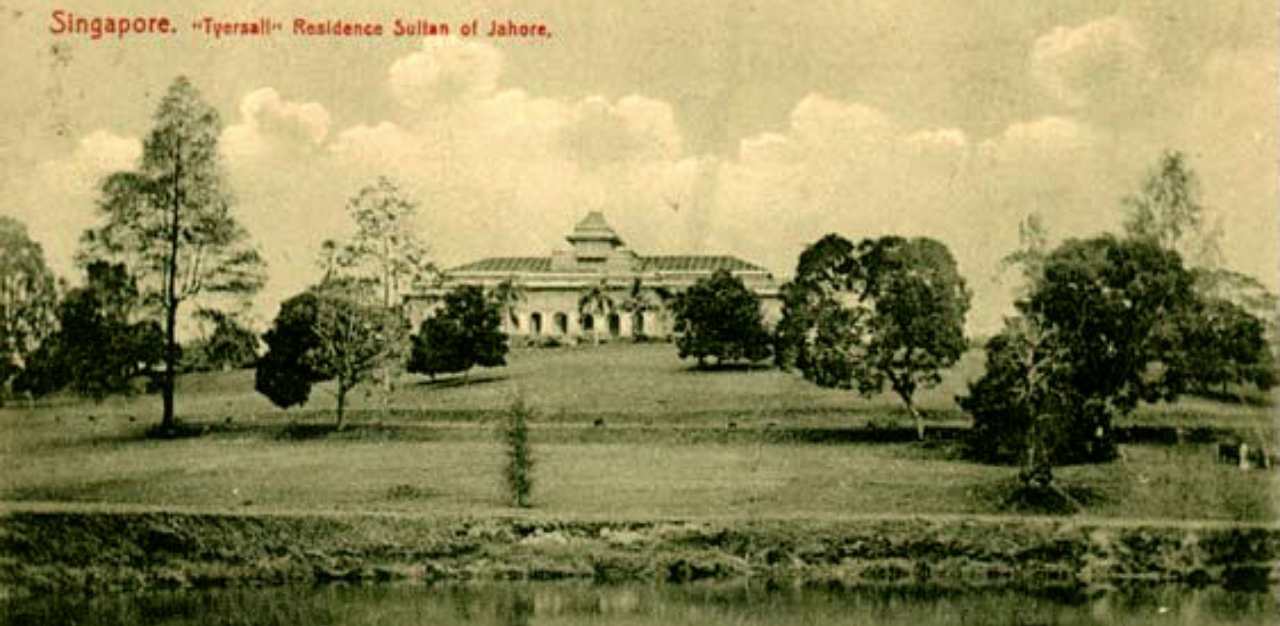
Between the 16th and 19th centuries, the Sultan of Johor, who ruled Singapore, built several royal residences called Istana across the island to accommodate his extended family.
Istana Tyersall, which has been demolished, and Istana Woodneuk were two such palaces. They were located on a 24 hectare land in Tyersall Park, next to the Singapore Botanic Gardens. The estate was first owned by English trader John Dill Ross and was later bought by the first Sultan of Johor, Sultan Abu Bakar in the late 1850s.
Today, the entire land where both palaces sat, is worth around US$3.5 billion. They still belong to the current Sultan of Johor.
Sultan Abu Bakar acquired Tyersall from prominent newspaper editor and lawyer William Napier and since it was on top of the hill, it was considered more valuable than Istana Woodneuk.
Built for his third wife Sultana Fatimah Abdullah, who was Chinese, Istana Tyersall was designed with Chinese influences to reflect her heritage. It was the first building in Singapore with an electricity supply. Unfortunately, in 1905, there was a fire and the building was deserted soon after. By the late 1930s, the land where Istana Tyersall stood became a military camp and Istana Tyersall a hospital for the Indian Army.
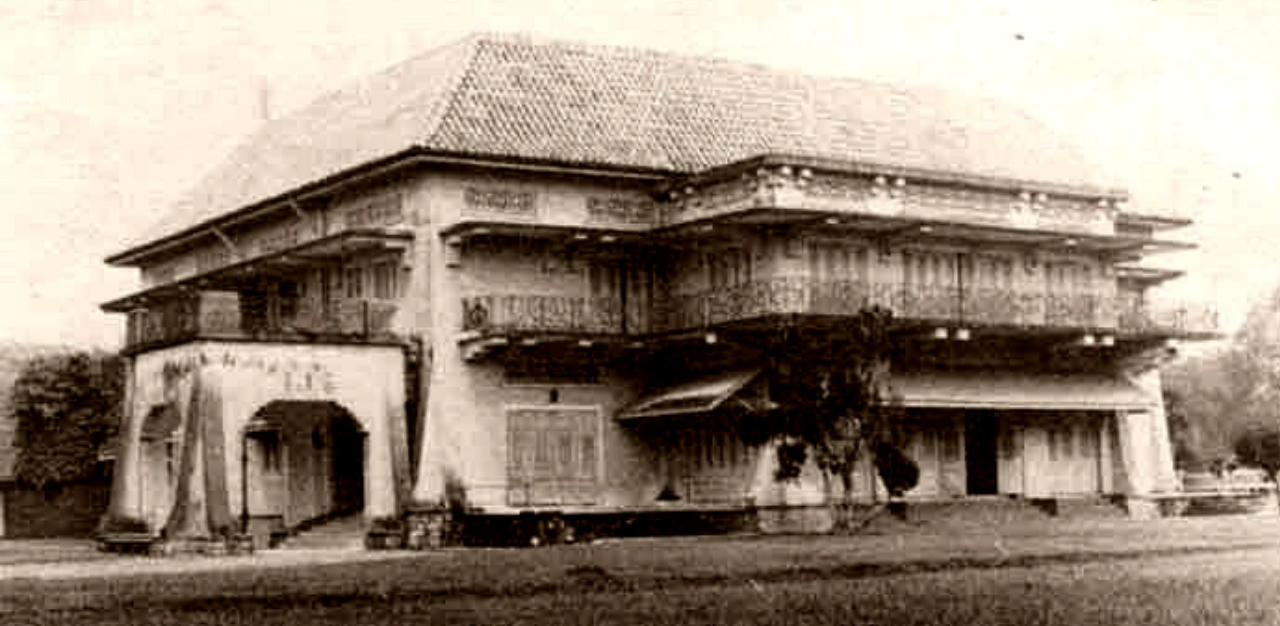
Istana Woodneuk was presented to the Sultan’s fourth wife Sultana Khadijah after his death in 1895. Before she died in 1904, Sultana Khadijah sold the place to Sultan Abu Bakar’s son Sultan Ibrahim Iskandar.
There was also a fire at Istana Woodneuk in 1925 and it was later reconstructed in 1935 ahead of Sultan Ibrahim of Johor’s 62nd birthday and his 40 years in power. The redesigned Istana Woodneuk became home to the Sultan and his Scottish wife Sultanah Helen. Istana Woodneuk was later turned into a headquarters for the British Army ahead of World War II.
In 1945, it housed Sir Miles Dempsey, and then Commander-in-Chief Sir Montagu Stopford in 1946 before it was briefly occupied by the Governor-General of Malaya Malcolm MacDonald and his wife Audrey Marjorie Rowley. It was officially returned to the Sultan in 1948.
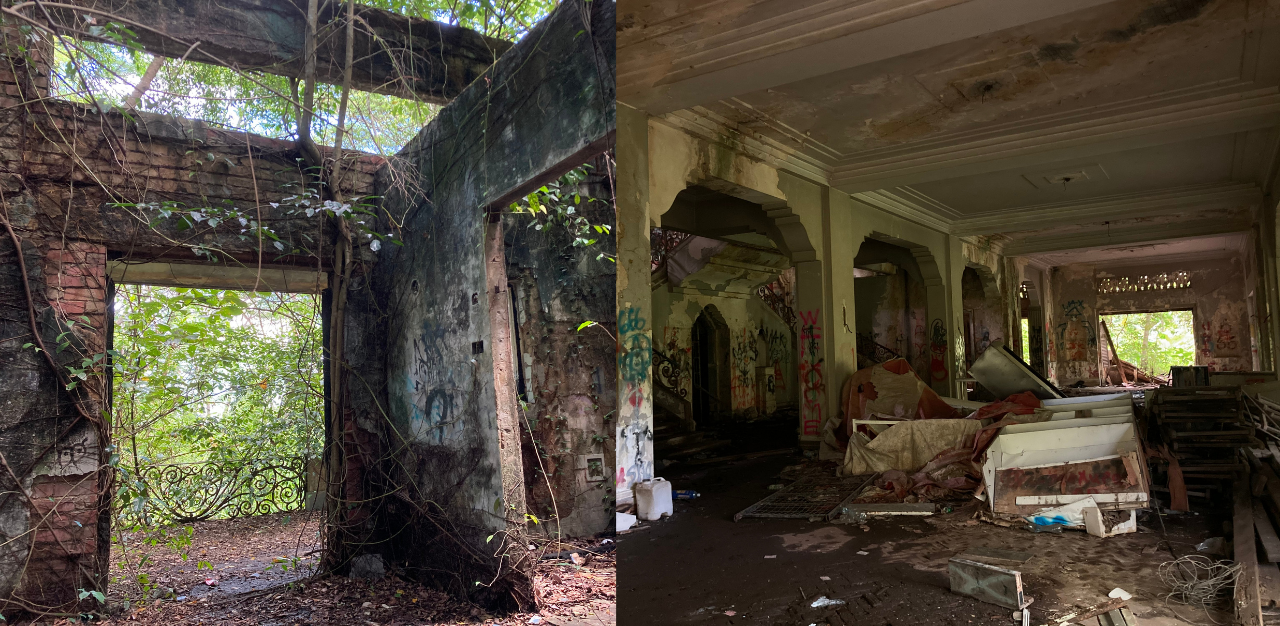
Today Istana Woodneuk and its surrounding buildings were decimated and vandalised but a recent report by Bloomberg said the estate is earmarked for reconstruction by the Crown Prince of Johor.
The significance of Malaysian-owned lands in Singapore
Apart from the Masjid Temenggong Daeng Ibrahim, Istana Tyersall and Istana Woodneuk, there were other plots and strips of land that belonged to Malaysia, including the KTM railway land that ran through Singapore.
But in 2010, Singapore and Malaysia agreed to swap land parcels as part of a broad agreement for Malaysia to give up its control of the railway land, including those on either side of the tracks. In this swap, Singapore gave a Malaysia-Singapore joint venture company six land parcels near its central business district.
These plots of land may belong to the Johor Sultanate, but they are still subjected to Singapore law for their territorial boundaries and jurisdiction here and Dr Eugene Tan, Associate Professor of Law at the Singapore Management University (SMU), says these lands are “simply Malaysian-owned land in Singapore or land in Singapore with Malaysian owners”.
“Singapore continues to recognise the Malaysian owners as the rightful and legal owners of those real estates. They do not impact bilateral relations so long as the rights and responsibilities of the owners and of Singapore are respected and given effect. Any redevelopment will likely be a private endeavour of the Malaysian or Johor owners although the Singapore authorities will facilitate the plans, subject to the requirements of Singapore law,” Dr Eugene adds.
Join the conversations on TheHomeGround Asia’s Facebook and Instagram, and get the latest updates via Telegram.
